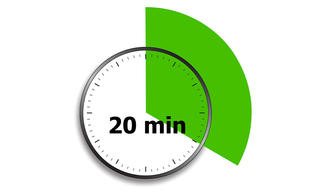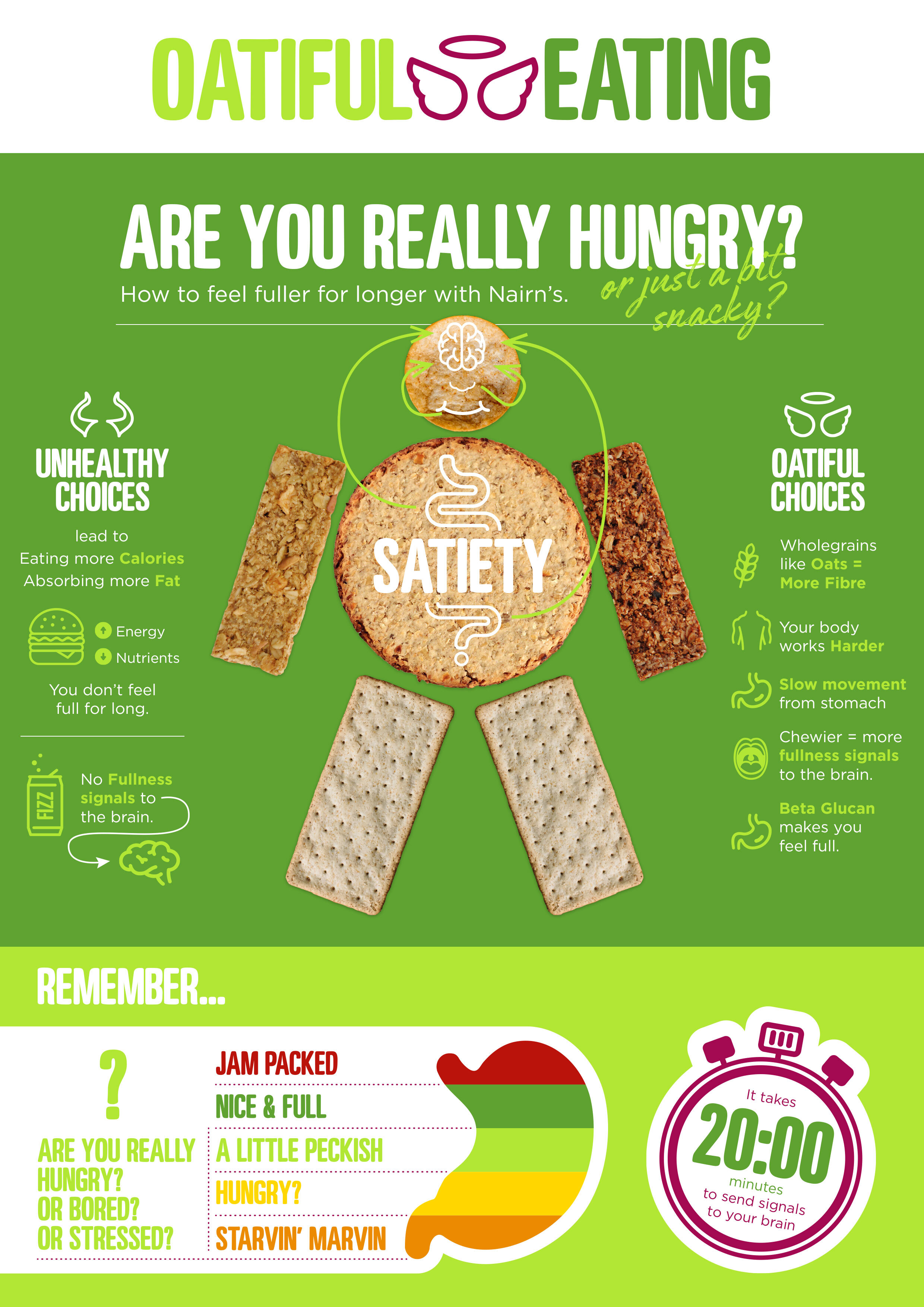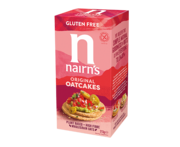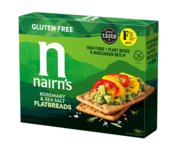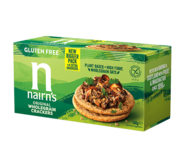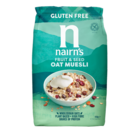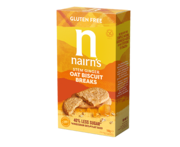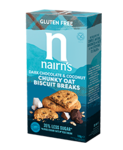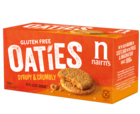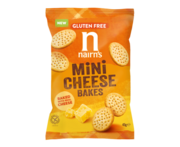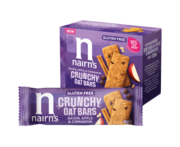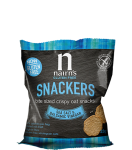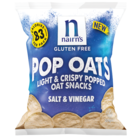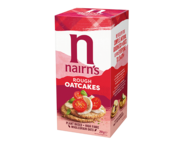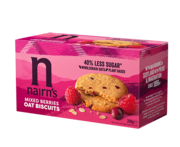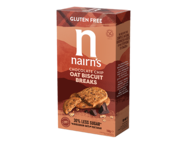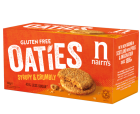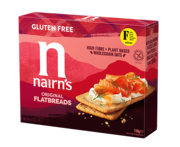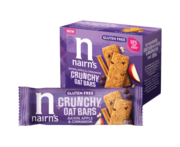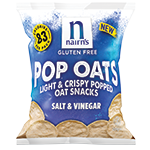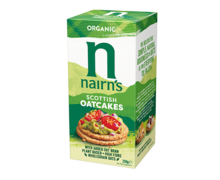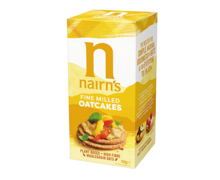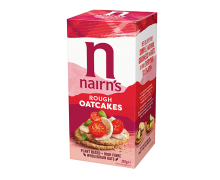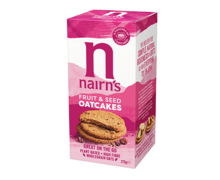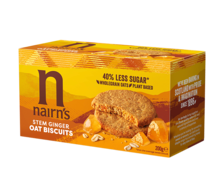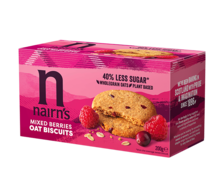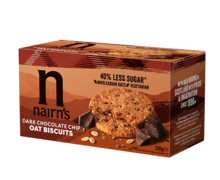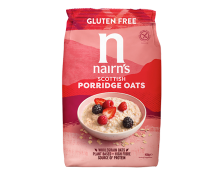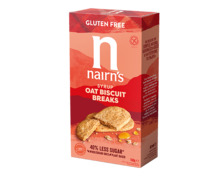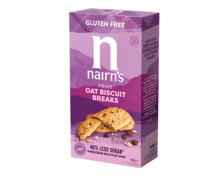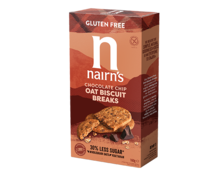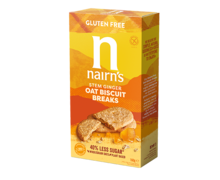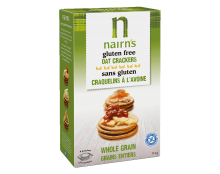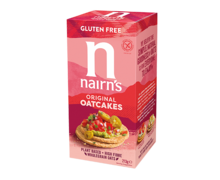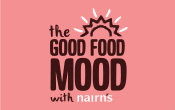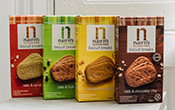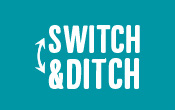
Sometimes, three square meals a day simply doesn’t feel like enough to fill you up! We’ve all had those moments in between meals where out of nowhere we just can’t put those cravings for snacks aside… even though it seemed like we’d eaten well that day. It happens to the best of us!
What’s the cause though? And more importantly, what’s the solution? Well the answer to that first question could be that we’re simply not eating enough ‘slow release’ foods that give us a nice sustained supply of energy that lasts us from meal to meal.
Here are a few ideas for ways to get more healthy filling foods into your life. So hold off on the crisps, chocolate and pastries until you’ve heard what we’ve got to say!
High Fibre Foods
One way to make sure your day doesn’t get interrupted by an ‘unavoidable’ trip to the snack cupboard is to make sure you’re getting enough fibre. Foods with more fibre are naturally filling, plus there are huge health benefits to making sure we each get around 30g of fibre every day. Although we don’t actually digest fibre, it does a very important job of making sure our digestive system is working at optimum level.
On top of all that fibre helps improve cholesterol, blood sugar levels and can play a big part in the prevention of certain diseases like diabetes, heart disease or bowel cancer.
Protein
Protein is sort of like a building block for our physique. It helps maintain and grow muscles (hence the trend of having a protein shake after a workout at the gym or another type of exercise that wears on your body). It’s not only great for bulking up, protein is also a fuel. That’s because food that’s high in protein usually takes longer to break down than carbohydrates… meaning we’re more likely to feel satisfied for longer after a lovely grilled chicken breast than, say, a bowl of carbonara.
So don’t hit the carbs too hard if you’re looking for a longer term fix to staying energized. Protein is most definitely your pal in terms of keeping that appetite in check.
Lean Meat and Fish
Talking of protein, meat and fish are two go-to sources for a lot of people. Some meats are leaner than others though (i.e. the amount of fat that particular portion contains). Beef mince, for example, often has a note on the packaging telling you what percentage is fat. The lower the better if you’re trying to stay in shape of course. There are of course, meats that are naturally low in fat too. Turkey and chicken are excellent ‘lean’ meats and lend themselves to so many different dishes in the kitchen. Armed with a bit of know how and some decent tupperware, you can often cook a little bit extra for dinner and keep some for enjoying at lunch the next day too.
Fish is excellent in terms of protein too. Not only is it usually low in fat and full of sustainable energy, each species is usually bursting with essential oils and nutrients the likes of which are difficult to get in other single pieces of food. Omega 3 (helps brain function and heart health), zinc (for your immune system), magnesium (another substance that helps muscle recovery) are all typically found in fish.
Fish doesn’t need to be fussy either, with boil-in-the-bag packs available in most supermarkets. Or why not oven bake your favourite cut by parcelling it up in tin foil with a wedge of lemon and some seasoning? Or grab that griddle to help shed any traces of unwanted fat.
Nuts and seeds
Similarly to meat and fish, nuts and seeds are a superb source of protein (as well as other nutritious goodies). Not only do they keep for a long time in your kitchen cupboard but they’re properly versatile too. Dice them up and sprinkle over a salad to add a few vital grams of protein that’ll keep you moving through to your next meal. Add them to a veggie curry for a bit of crunch and wholesome flavour. Or, just roast them in a pan with some spices for a comforting midday snack.
Again, nuts too have a rich nutrient profile and a whole host of health benefits as a result. Brazil nuts are rich in selenium, which is good for cultivating a healthy head of hair. Almonds have a great amount of omega 3, so if you’re vegan and don’t eat fish, these are your guys. Cashews contain vitamins E, K, and B-6 and many different minerals. Sunflower seeds offer a budget-friendly desktop snack and include a good portion of protein. So you can see the options are plentiful!
Oatiful Occasions
You’re probably now wondering about exactly what foods are good for ticking the fibre and protein boxes? Well raw fruit and vegetables offer up an excellent source of fibre as anyone who exists on a plant-based diet will know. Lean meat like chicken and turkey is great for the protein side of things too. As are chickpeas if you’re of the vegan persuasion. Not to forget fish of course! It’s full of other incredible nutrients as well as protein so extra points for any pescatarians out there.
What about foods that do both? Well, funny you should ask… Oats, in almost whatever shape they come in, offer the best of both worlds! A bowl of porridge, pack of oatcakes or even a cheeky little oat bar are all excellent choices in terms of fibre, protein and generally keeping hunger at bay. For example a modest 40g of our Muesli for breakfast sets you up with no less than 5.9g of protein and 4.4g of fibre! Not a bad start to the day if you ask us.
Pulses
Pulses (think beans, chickpeas, peas) are a real multitasking foodstuff. They’re perfect for protein and tick the fibre box in a big way too so by including these in your dish you can count on a nice slow, sustained release of energy. These unassuming ingredients lend plenty of flavour to your salad, stew or curry whilst also giving you a healthy dose of nutrients such as; iron, potassium, zinc, and manganese. They’re also full of amino acids that’ll help boost your metabolism and help with weight management.
Are You Really Hungry?
Hungry… or bored? Or stressed? Or sad? Sometimes we can feel a bit ‘empty’ and in need of some food to comfort us when we’re not actually hungry at all. Everyone has their triggers! It’s simply a matter of recognising yours and paying attention to you body – as opposed to distractedly munching on whatever we might feel like.
Along with carrying an awareness of these triggers, we’d suggest taking a second to ask yourself ‘Am I really that hungry? Or can I wait until my next meal?’ Often if you haven’t had the usual growling stomach or dip in energy you might just be eating without actually needing to. It is really important not to ignore these physical symptoms if you are experiencing them of course! Just be ‘mindful’, i.e. pay attention to instinctive signals sent by your body… not your emotions! Anyway, food tends to taste better when we really need it rather than binging.
Seven reasons you might feel you’re always hungry
1. Lack of sleep
2. Dehydrated
3. Not enough protein in your diet
4. Too many carbs
5. Not enough ‘good’ fats
6. Overexercising (yes, there is such a thing!)
7. Not eating enough fibre
Quick Tips
The 20 Minute Rule – As a rough rule of thumb (everyone’s different) it takes around 20 minutes for your stomach to let your brain know that you’re full. This gap means that it can be easy to overeat, so worth bearing in mind to avoid any discomfort.
The Junk Food Rollercoaster – We all need a cheeky cheat meal now and again. But be warned, junk food might give you a bit of indulgent satisfaction in the moment but your average burger, fries and milkshake meal is not very high in nutrients at all. Meaning that you’re likely to feel hungry shortly after eating. Highs and lows!
Water, water and more water – Aside from being great for your skin and digestive system, water is often the answer when we feel hungry or a lack of focus. By picking up a good water bottle that tells you how much it holds, you can easily keep track of how well you’re doing in the hydration stakes. Don’t forget that the more you exercise or the more you weigh – the more water you’ll need.
Stick to a routine – Eating at set times of the day will get your body into a rhythm and help it ‘know’ what to expect and when.
Cardio – It’s thought that by taking part in exercise that works your cardio-vascular system can help suppress your appetite for a while afterwards due to the decreased production of ghrelin (appetite hormone). Don’t be afraid to mix it up in order to avoid a plateau in results!
Have you got your own tips for how to stay energised? We’d love to hear them. Share your techniques and slow release recipes on our social channels!


